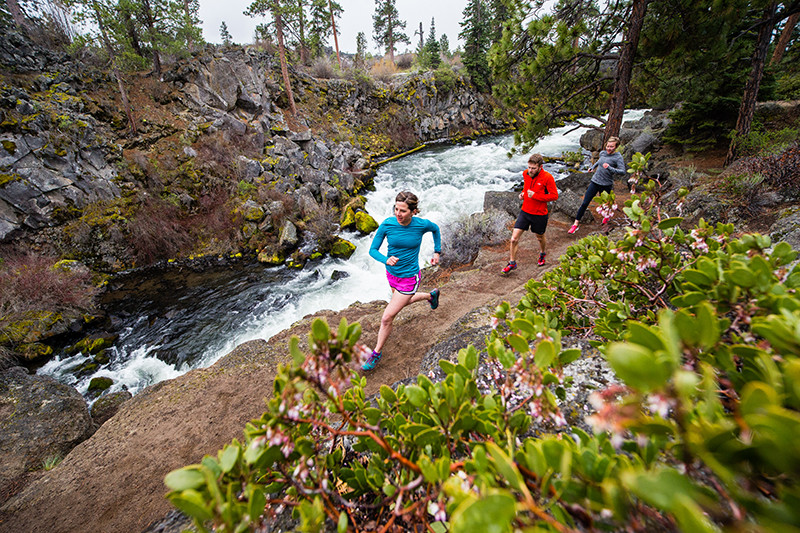
Ready To Run
written by Eric Edwards, PT, DPT, OCS, CMPT
Ready or not, spring is here! About this time of year many of us have just begun, or are beginning, to train for our favorite spring and summer races.
Running is the world’s most popular form of exercise and is a huge part of the Central Oregon lifestyle. With the past Summer Olympics still fresh in our minds and Eugene ready to host the Track and Field World Championships this summer, it’s time to get excited about pursuing your own personal goals. Whether it’s doing a local 5K with your friends or setting a new PR, training for a race can often be the simplest yet the most physically straining activity we have experienced.

Because of the simplicity of running, far too many people jump into training for a race without properly preparing. The truth is that most runners will experience some type of injury during their running days. The most common injuries stem from overuse and usually affect the knee. Key factors that can influence overuse injuries include: gait/biomechanics, musculoskeletal imbalances, training load, running surfaces, nutrition, sleep/recovery, and shoe wear. As a physical therapist with a clinical focus on treating runners, I regularly find newer runners are neglecting the collective importance of these key factors.

In physical therapy, I am usually centered on addressing biomechanics and musculoskeletal impairments. When it comes to the biomechanical and musculoskeletal factors of injury prevention, the importance of mobility and stability is key! On the mobility side, runners need to be able to efficiently get their legs behind them. Specifically, this comes from adequate hip extension, ankle dorsiflexion and great toe extension. In concert with this mobility, runners require a high level of muscle stability through their core, hips and ankles. With adequate mobility and stability, runners are better designed to generate power through their hips which eliminate the biomechanical inefficiencies that lead to running injuries.
Of course, running related injuries are common and treating these injuries can sometimes be complex. That being said, working with a skilled physical therapist trained in treating runners can help keep you on the trails and roads for years to come.
